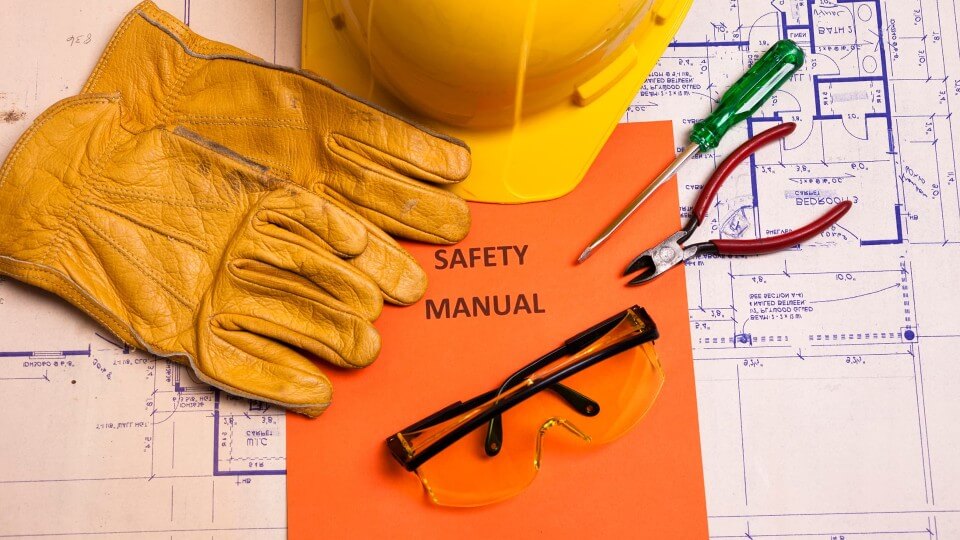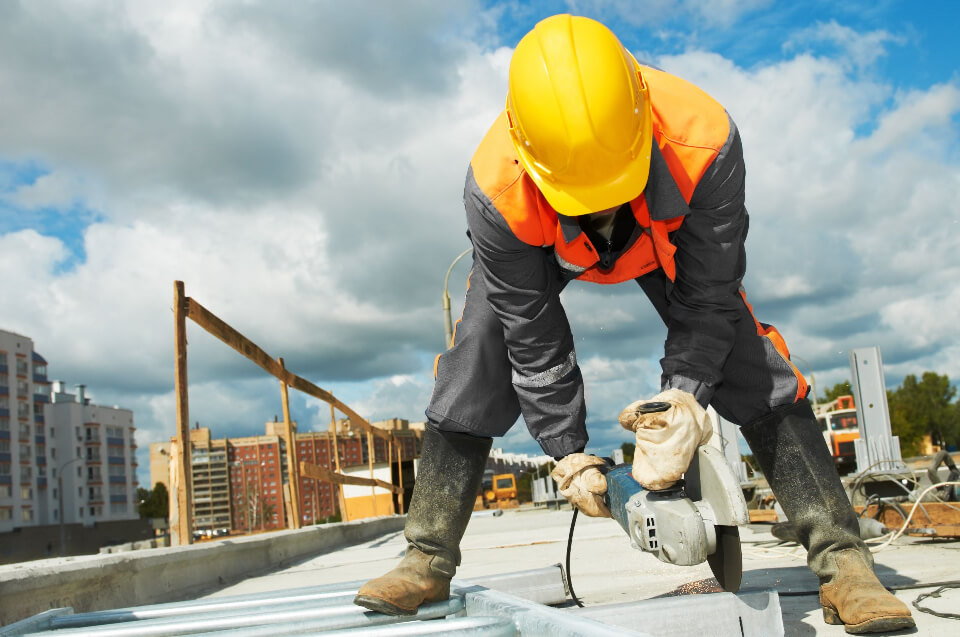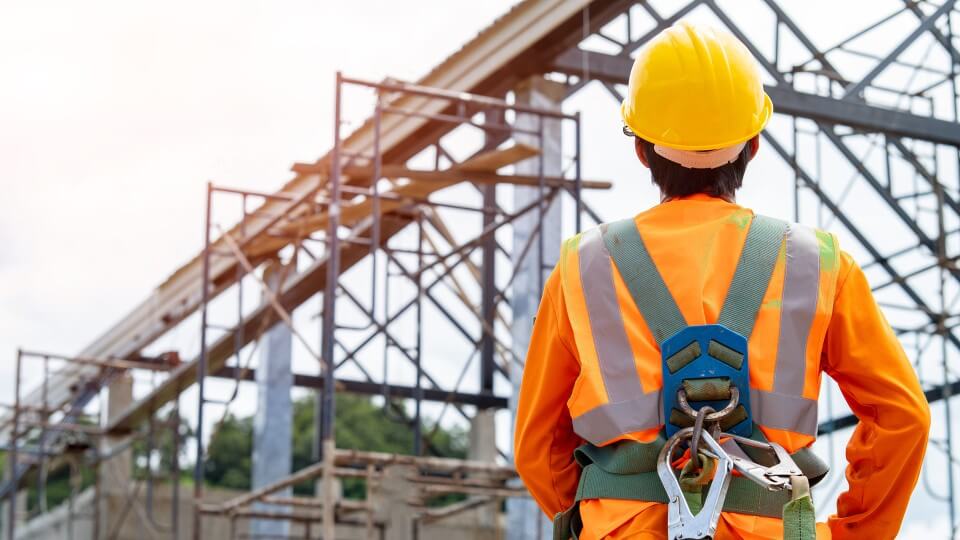The Complete Guide to Construction Safety and ROI
Construction Industry Insight
Construction is one of the oldest and most important industries in the world. Plus, it’s one of the most complex, with a range of stakeholders and regulations to follow. However, construction safety is vital in this dangerous industry.
Further, the construction industry has been facing challenges for the last few years. To explain, one of the biggest challenges is that it’s hard for construction businesses to generate returns on investment (ROI). However, the construction industry expected to turn around in 2019. This was largely due to a major infrastructure spending spree. In fact, the US Government projects that its construction spending will increase by $1 trillion for five years. But in order for construction businesses to meet these increased demands, they will need to raise their efficiency levels and hopefully generate returns on their investments.
In a world where global events such as natural disasters or terrorist attacks are becoming more and more common, businesses need to be prepared. Fortunately, construction companies can improve their ROI by implementing safety measures into their work site. For example, construction companies can make use of safety equipment. For example, this includes hard hats and goggles to protect workers on the job site from injury. As a result, workers that are more focused on their work because they feel safe are more likely to work more effectively.
Also, safety equipment is a cost-effective solution for construction companies that need to protect workers. For instance, one hard hat can last up to five years. So, the initial investment is small in comparison with the increased ROI. In addition, construction companies need safety equipment because it helps workers stay safe and productive on the job site. Thus, implementing safety equipment contributes to reducing losses and increasing profitability.
Construction Safety Trends
Construction safety is an important element of any business. However, it is especially important for companies that are in the construction industry.
Further, the construction industry has been one of the most dangerous industries to work in for a long time. According to a Bureau of Labor Statistics report from 2014-2016, there was a total of 20,000 fatal injuries in the construction industry. This makes up about 16% of all fatal injuries across all industries and occupations in the US.
Also, the Occupational Safety and Health Administration (OSHA) has set standards for how many workers should be on site at any given time during a workday or workweek. This is to prevent unsafe conditions. Plus, they need employers to provide information on how they plan to protect their workers from injury hazards before they start working on a project.
Oftentimes, construction companies are a part of a larger business conglomerate. So, they have to follow the company’s policies on safety. Therefore, it is important to follow these guidelines as they ensure that workers are safe. As a result, it ensures that the business continues to grow.

Again, construction is one of the most dangerous jobs in the world. Each year, construction workers lose their lives to preventable accidents at a rate three times higher than any other industry. Plus, construction workers are more likely to suffer from injuries or illness that can affect their:
- Ability to work
- Cause long-term disabilities
- Negatively impact their quality of life
Additionally, construction workers generally have lesser bargaining power and less job security. As a result, this contributes to the fact that they experience wage disparities compared to other occupations in the US. In terms of industry standards, it is fair to say that wage disparity exists. However, it is hard for construction workers to unionize because many of them work for subcontractors or consulting firms who refuse to negotiate with unions.
Components of Occupational Health & Safety
In short, occupational health and safety is the protection of people from hazards in the workplace. In fact, occupational health and safety (OH&S) is a term that covers a broad range of areas. To be specific, these include the following:
- Safe work practices
- Safe equipment
- Ergonomics
- Risk assessment
- Occupational stress
- Indoor air quality
- Environmental health
Also, the components of occupational health and safety are
- Planning and Preparing
- Hazard Identification
- Control Measures
- Monitoring and Recording
OSHA Standards
In general, OSHA is the Occupational Safety and Health Administration. It is a national consensus standard that sets the requirements for safe working conditions. To help ensure compliance with these standards, OSHA has developed a variety of resources to assist employers in providing safe and healthful workplaces. Also, OSHA has developed a variety of resources to assist employers in providing safe and healthful workplaces. For instance, these include the following:
- Safety and Health Programs
- Chemical Safety Training Resources
- Access to Inspections and Complaints Resolution
In addition, the OSHA standards are designed to protect workers from hazards in the workplace. Specifically, these include hazards related to building construction, machine guarding, and electrical safety.
Top Rules For Personal Safety On Heavy Equipment Sites
To start, heavy equipment site is a place where heavy construction equipment is used for industrial purposes.
The following are some of the most important rules to follow in order to stay safe on a heavy equipment site:
- Never start the engine before checking that you have enough fuel and oil, and that the engine is in good condition.
- Do not work on or near any moving machinery.
- Be aware of your surroundings and be prepared to take action if something goes wrong.
- Wear appropriate clothing and protective gear (such as gloves).
- Be aware of the changing weather conditions and plan accordingly.
- Do not work alone. Always have someone watching your back, operating machinery, or providing eye contact with other workers.
- Never remove any safety equipment until you are ready to leave (such as a hard hat, gloves or ear plugs).

If you have any questions about personal safety on heavy equipment sites, contact us for professional construction safety services.
The Best Ways To Increase ROI On A Construction Project
There are many different ways to increase ROI on a construction project. However, it is important to note that every project is different and what may work for one project may not work for another.
Construction projects are expensive and time-consuming. But there are a few ways to increase the ROI of your project:
- Prefabricated construction is a relatively affordable and fast way to construct buildings, structures, and homes. Plus, using prefabricated construction means that you will be able to avoid unexpected costs. For instance, this includes the cost of demolition, disposal of materials, and re-construction. Additionally, using prefabricated construction will reduce the number of needed construction trucks. To do this, implement a modular construction technique.
- Build with materials that will not rot or decay. In many cases, building materials have a lifespan of about 30 years. This makes them very cost effective for builders and homeowners. However, some materials have lifespans of centuries or even more than two millennia. Plus, materials like stone can last hundreds and thousands of years.
- Have contingency funds available. When working on a new construction project, it is easy to spend money unexpectedly. As a result, there may be high costs and lower ROI for your project. In fact, good building practices allow for contingency funds to be set aside in case unexpected expenses arise. Further, a good rule of thumb is to have 10% of the total cost saved for contingencies. For example, this would be $10,000 for a $100,000 project.
- Improve construction safety to boost ROI. Safety is key in the construction industry. To be specific, one of the most important ways to improve safety on construction sites is by investing in proper scaffolding. With scaffolding, the probability of accidents is decreased and productivity is increased. For example, a construction company that invests in scaffolding can increase safety by 99%. This increases ROI because the company could now complete its projects at an astounding 4% faster.
Ultimately, there are many ways to boost ROI by improving safety on construction sites. Fortunately, Smart Safety Group offers professional services to help with program management for safety plans as well as safety assistance from experts. So, if you want to protect your workers and increase ROI, contact Smart Safety Group today.








